On this day (May 15) in 1965, Bob Dylan scored his first top 40 hit in the United States with “Subterranean Homesick Blues.” The song peaked at No. 39 on the Billboard Hot 100. The album that contained the single, Bringing It All Back Home, marked the beginning of a new chapter of the iconic singer/songwriter’s career and his mainstream success in the United States.
Videos by American Songwriter
By 1963, Dylan had already released four studio albums with little chart success. Despite that, he had found a place in the folk music community and was already proving himself to be a prolific, poignant, and influential songwriter. With Bringing It All Back Home, Dylan introduced electric instruments to his sound. While this made his music more commercially viable, it turned off many of the people who had come to respect him in the folk scene.
[RELATED: The Whirlwind Bob Dylan Song John Lennon Felt Like He Could Never Compete With]
“Subterranean Homesick Blues” wasn’t just Dylan’s first top 40 hit. It was also his first single to chart on the Hot 100. His first few releases failed to chart. Surprisingly, those early singles included now-classic songs like “Blowin’ in the Wind,” “The Times They Are a-Changin’,” and “Don’t Think Twice It’s Alright.”
Bob Dylan Channels Multiple Influences on “Subterranean Homesick Blues”
Many of Bob Dylan’s fans were surprised by the new direction he took for Bringing It All Back Home. Half of the album featured electric instruments, which was new and unexpected. However, the bluesy feel that many of the tracks had was nothing new. The Freewheelin’ Bob Dylan saw him taking on the blues. He had even dabbled with rock and roll earlier in his career. This was something different, though.
However, nothing happens in a vacuum. Dylan didn’t conjure the sound of “Subterranean Homesick Blues” out of thin air. Instead, he looked to some of his early influences to guide him on the song. The stream of consciousness writing style isn’t far removed from the beat poetry of Jack Kerouac, Allen Ginsberg, and other figures in the beat scene from which Dylan drew inspiration.
Musically, though, Dylan looked to the godfather of rock and roll. “It’s from Chuck Berry,” he once said. “A bit of ‘Too Much Monkey Business’ and some of the scat songs of the ’40s.” However, he put his unique spin on the arrangement. Usually, blues tunes are played in either eight or 12-bar sections. This song contains an 18-bar blues progression until the final verse, which contains 19 bars.
Featured Image by Leicester Mercury/Mirrorpix/Getty Images


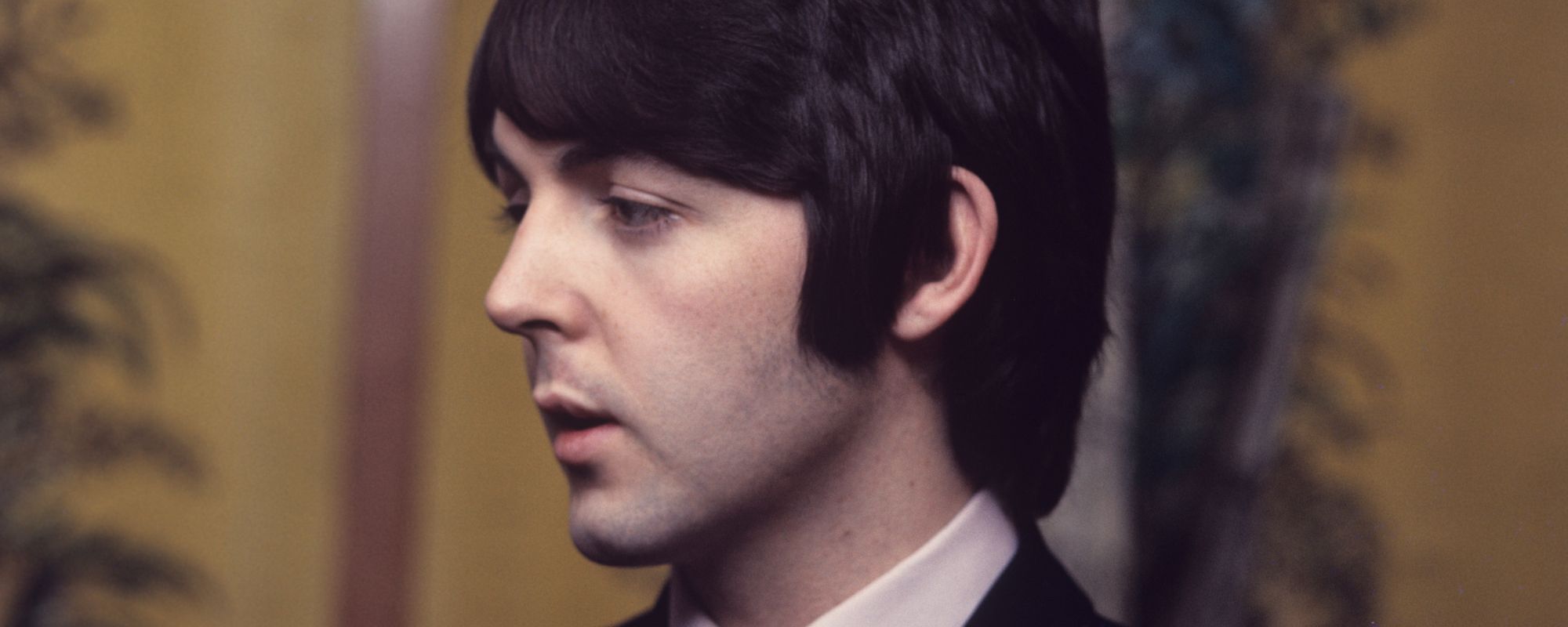


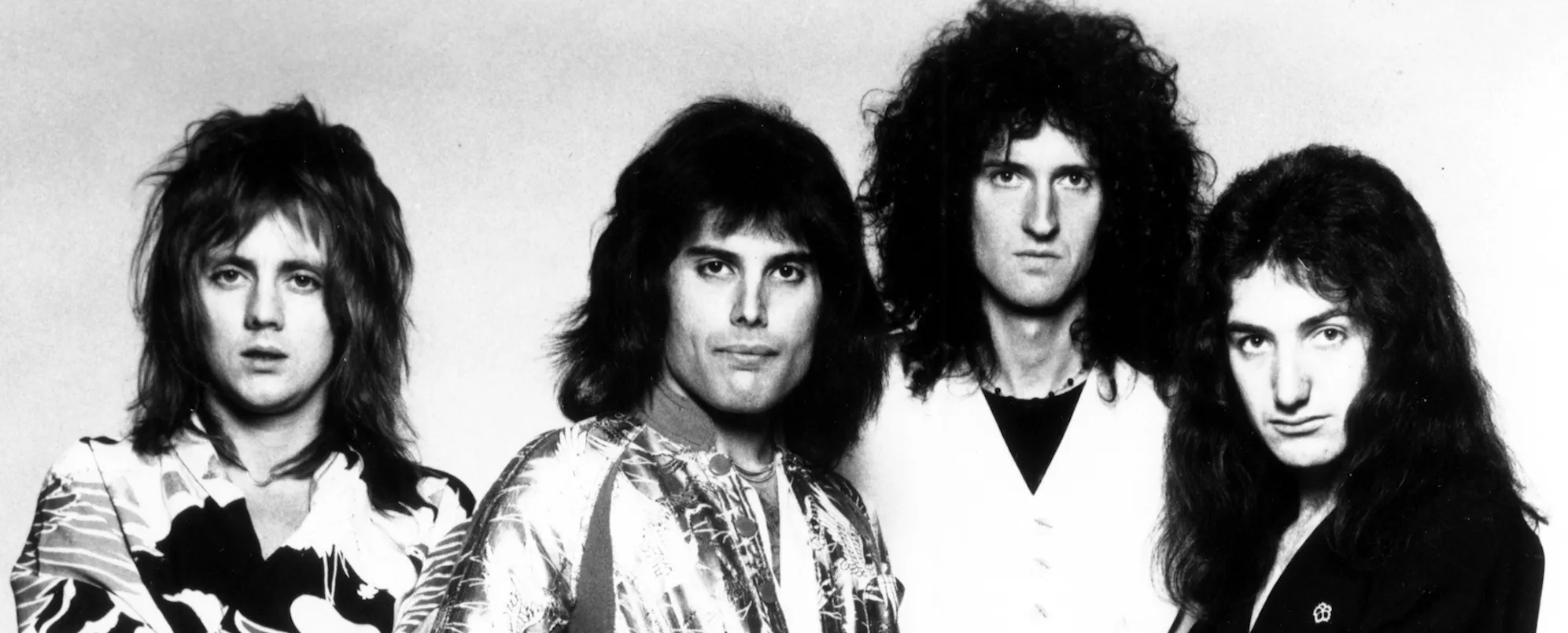
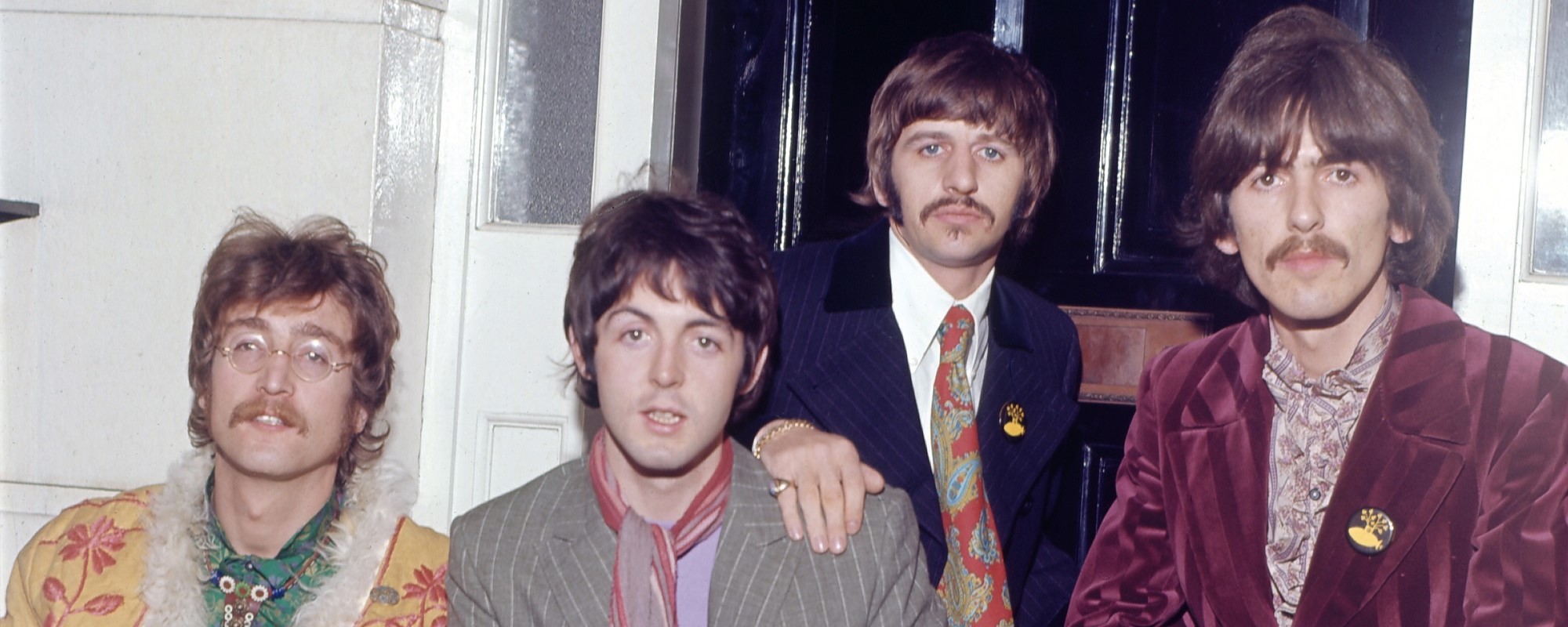

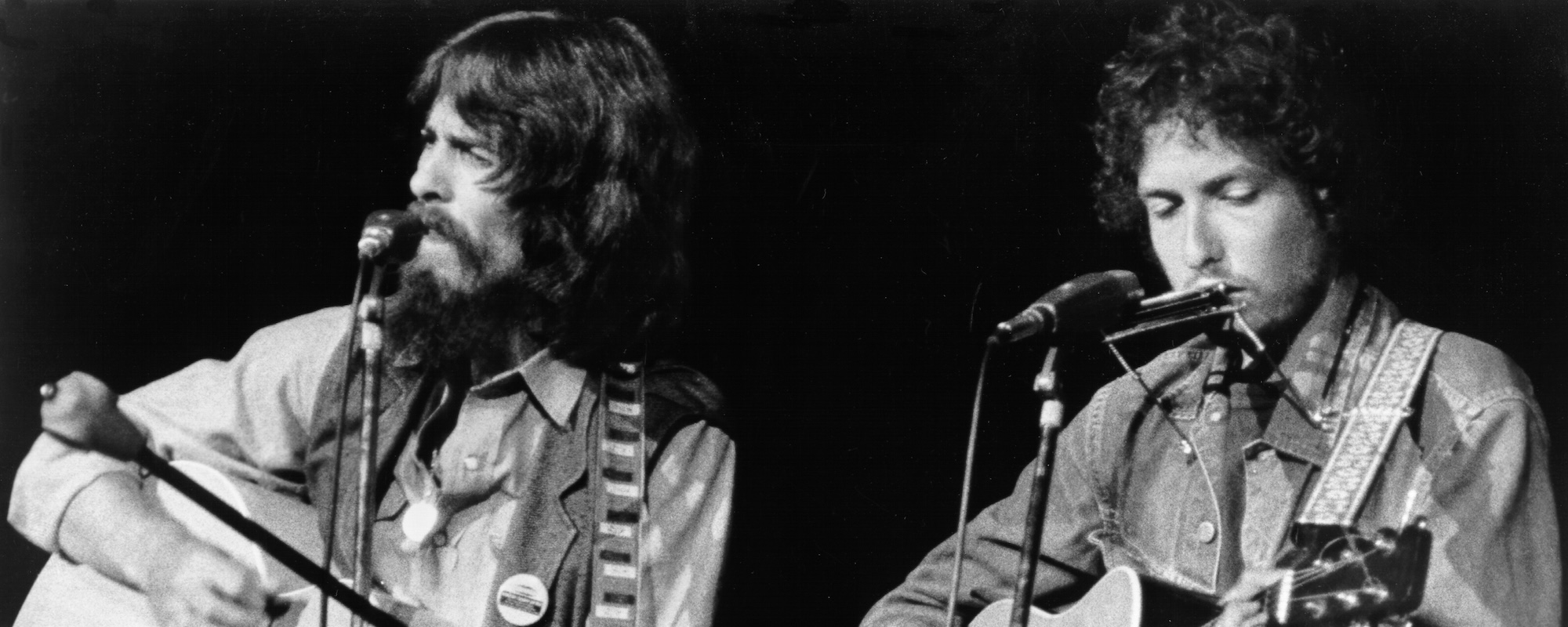


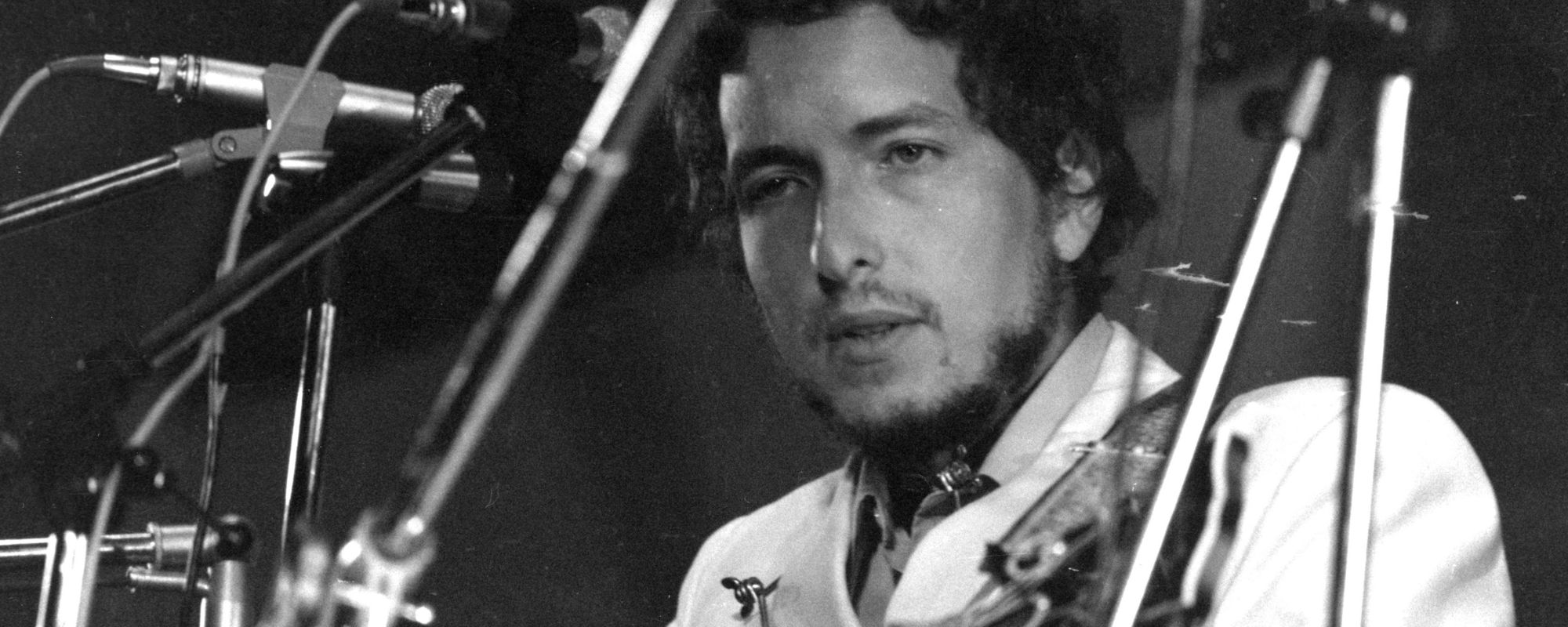

Leave a Reply
Only members can comment. Become a member. Already a member? Log in.